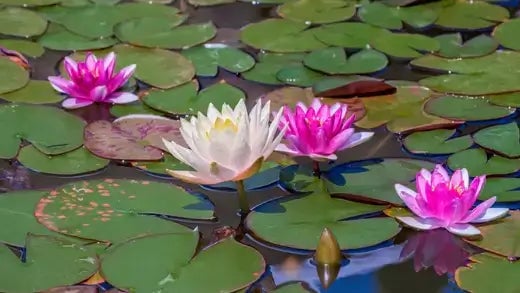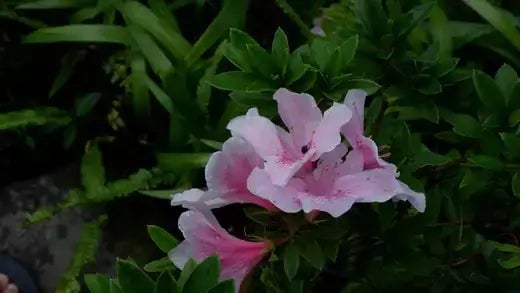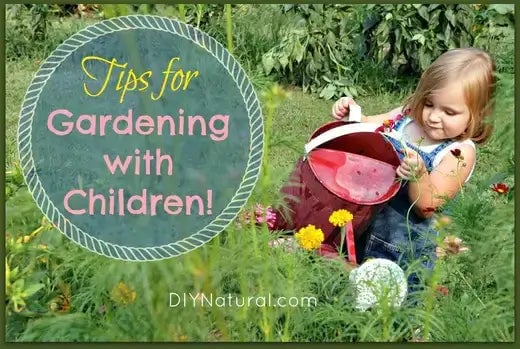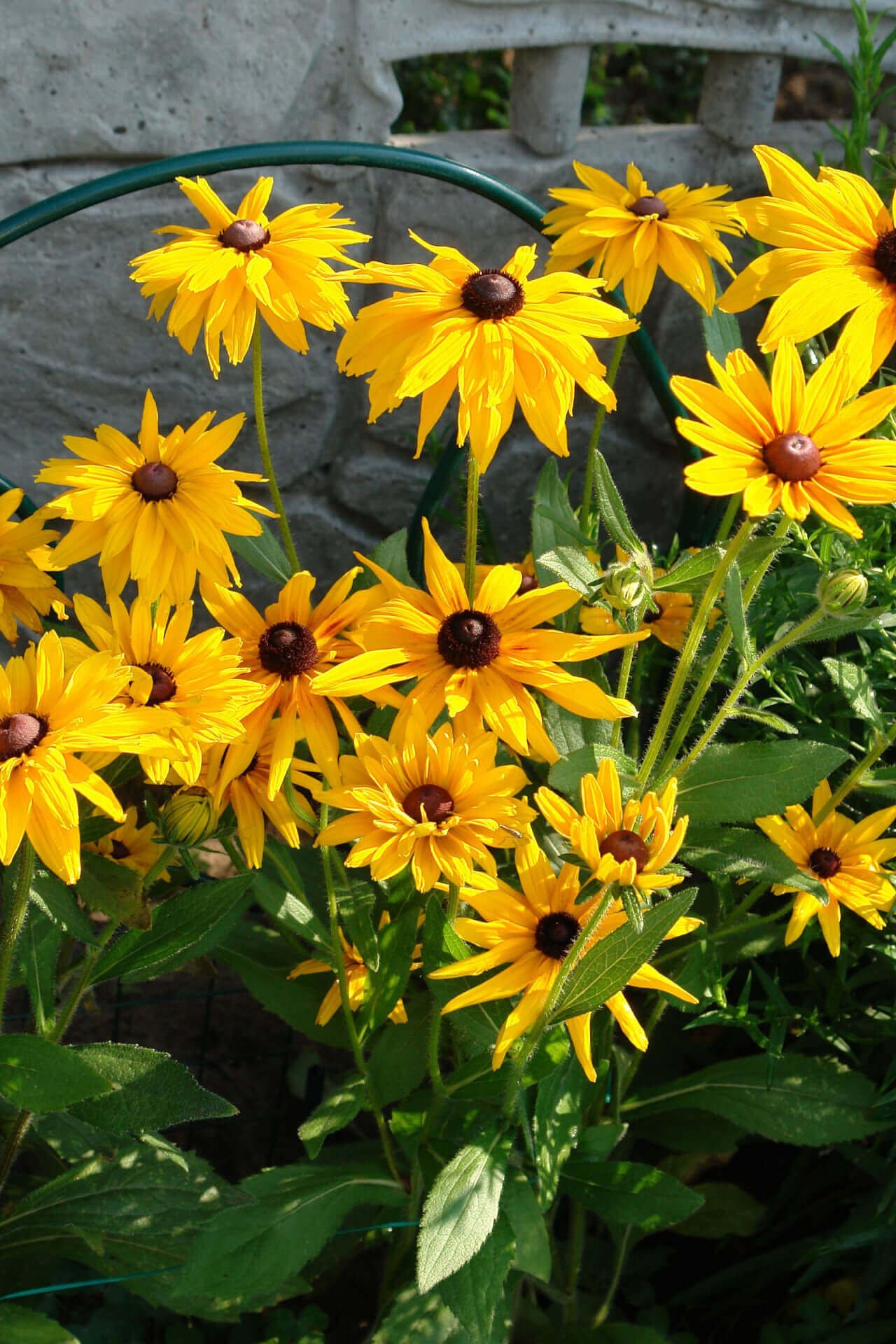Teaching Kids to Garden
Getting kids involved in gardening is secure and a lot of fun. With just a few simple steps, your kids will grow delicious food and beautiful gardening plants.
Prepare the Soil
Kids may not be ready for the tilling, raking, and hoeing necessary to start a garden, but you can still involve them by teaching them how each step works to create a fertile foundation. Let older kids help turn over the soil and apply compost to prepare everything for planting. Explain how creating a healthy garden bed will benefit the garden so kids can begin to understand the connections between the earth and the food they eat.
Sow the Seeds
Take your kids seed shopping and let them select a few veggies to grow. Read the seed packets together to see what each needs to thrive and how long it will take to start producing. Try to choose seeds that are easy for little hands to handle.
Garden plants such as green beans and lettuce grow just about anywhere and offer quick and prolific returns for kids' efforts. When it's time to plant, let older kids make rows themselves or help their younger siblings. Then show them how to space the seeds and cover each row with the proper soil to get the best results.
Water and Tend
Invest in a set of tools just for your kids to learn how to tend the garden once everything begins to grow. Protective gloves, watering cans, and trowels are all essential for the budding gardener. Show your kids how to thin out plants and clear away weeds to keep everything growing strong. Explain the importance of regular watering and, if necessary, feeding for proper plant nutrition.
Harvest
Harvesting the bounty of the garden is the most exciting part for kids. As they watch their chosen plants grow and get closer to a finished product, explain the various stages of plant development. Point out how the different flowers on garden plants become food and teach them to recognize when each variety is ready for picking. Complete the gardening cycle by showing them how to use the product to create simple and delicious dishes.
Small Space Gardening
Even if you don't have a big backyard, that doesn't mean you can't create a vibrant, thriving garden. You can try out your green thumb on a patio, balcony, or even a sunny windowsill! To create a lush landscape in your tiny space, consider these gardening tips for small areas.
- Make use of vertical space. If you're gardening in a limited area, the key is to start thinking upwards. Attach hanging planters to the ceiling, or add window boxes to your balcony. You can even stack an old, weather-safe bookshelf with farmers to fill with low-growing flowers or herbs. Use the materials you have on hand, and be creative.
- Evaluate your light levels. Many first-time gardeners fail to appreciate how vital correct light levels are for plant growth. Remember that you won't get as much light as in an open garden plot if you're gardening on a balcony or windowsill. Unless you're sure your spot will get at least 6 hours of direct sunlight per day or more, it's best to stick with garden plants that prefer partial to full shade.

Choose your plants wisely. Gardening in a small space, roots won't have the luxury of growing and spreading as they usually would. The pH of the soil can be a bit different than it would be in the open ground—select garden plants for your garden that have shallow contained root systems and are relatively pH tolerant. If you pick plants that aren't a good fit for your containers, growing zone, or light levels, you're setting yourself up for frustration!
- Choose suitable pots. Pots are more than just soil-holding vessels; they're essential components of your tiny garden's ecosystem. Plastic containers are inexpensive, lightweight, and hold water well, but their thin sides mean plant roots can sometimes scorch in the heat of summer. Terracotta pots look beautiful but can wick moisture out of the root system. Glazed ceramic pots are a good option - they hold in water without wicking it away from the plant and have enough heft to prevent mid-summer scorching.
- Water carefully. Especially in the heat of summer, container plants will dry out much faster than they would in a conventional garden. They'll also consume more fertilizer - so stick to more stringent water and feeding cycle than you usually might.
Buy your garden needs at TN Nursery.
Read more

Water gardening can be a constant source of delight for the senses. From the still waters of ponds to the babbling rills of brooks, there are as many ways to waterscape as there are water plants.

Online Plant Nursery As a family-owned and operated plant nursery, we know how vital your trust is to our online nursery as well. We know how important quality products, at reasonable prices, are. ...






